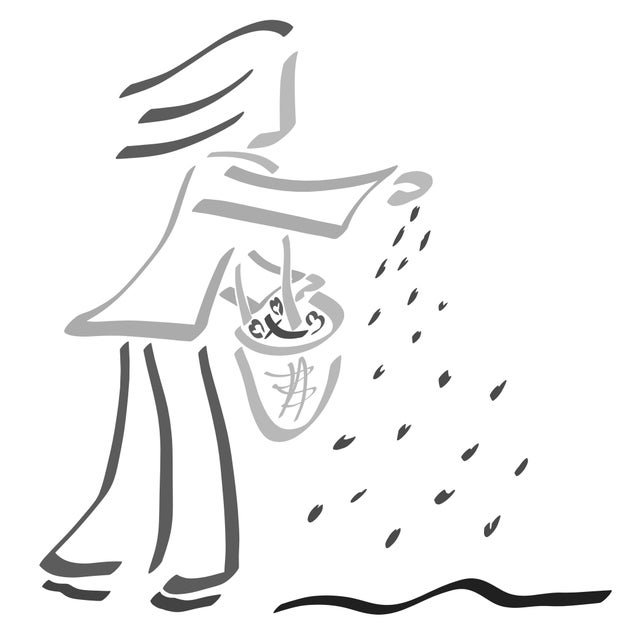- Sign Up for A Class
- >
- ADVANCE PURCHASE OF CURRICULUM: New Testament Parables
ADVANCE PURCHASE OF CURRICULUM: New Testament Parables
SKU:
$100.00
$100.00
Unavailable
per item
Curriculum available on or before August 1, 2024. Purchase in advance with these Unitarian Universalist Regional and General Assembly Rates (sale ends on June 30, 2024). Curriculum will be mailed to you with everything you need to facilitate a class of 100 people or less.
If you wish to use the curriculum for more than 100 people, please email Michele at townsendgrove@gmail.com
What is a Parable and How are they used in Scripture? In this class, you will hear the stories, learn about them from scholars who research them in depth, and have the opportunity to reflect on them from your own experience and tradition.
Parables are stories that Jesus is credited with telling in the Synoptic Gospels (Matthew, Mark, and Luke). He uses these entertaining and relatable stories to teach what is important to his message. This class will look at some of these stories and see what wisdom was meant for Jesus' audience and what can be gleaned for us in our current context.
You will hear the stories, learn about them from scholars who research them in depth, and have the opportunity to reflect on them from your own experience and tradition.
Through each section, you will learn about the context of the stories. When and where were the stories first told? Who was the audience? Why are there two creation stories? We will look at the similarities and differences in the stories and discuss their importance for the audience in which they were each written. This will lead us to reflect a bit more deeply on their value for today's reader.
If you would prefer to purchase the individual, learn-at-your-own pace class, follow this link.
If you wish to use the curriculum for more than 100 people, please email Michele at townsendgrove@gmail.com
What is a Parable and How are they used in Scripture? In this class, you will hear the stories, learn about them from scholars who research them in depth, and have the opportunity to reflect on them from your own experience and tradition.
Parables are stories that Jesus is credited with telling in the Synoptic Gospels (Matthew, Mark, and Luke). He uses these entertaining and relatable stories to teach what is important to his message. This class will look at some of these stories and see what wisdom was meant for Jesus' audience and what can be gleaned for us in our current context.
You will hear the stories, learn about them from scholars who research them in depth, and have the opportunity to reflect on them from your own experience and tradition.
Through each section, you will learn about the context of the stories. When and where were the stories first told? Who was the audience? Why are there two creation stories? We will look at the similarities and differences in the stories and discuss their importance for the audience in which they were each written. This will lead us to reflect a bit more deeply on their value for today's reader.
If you would prefer to purchase the individual, learn-at-your-own pace class, follow this link.
